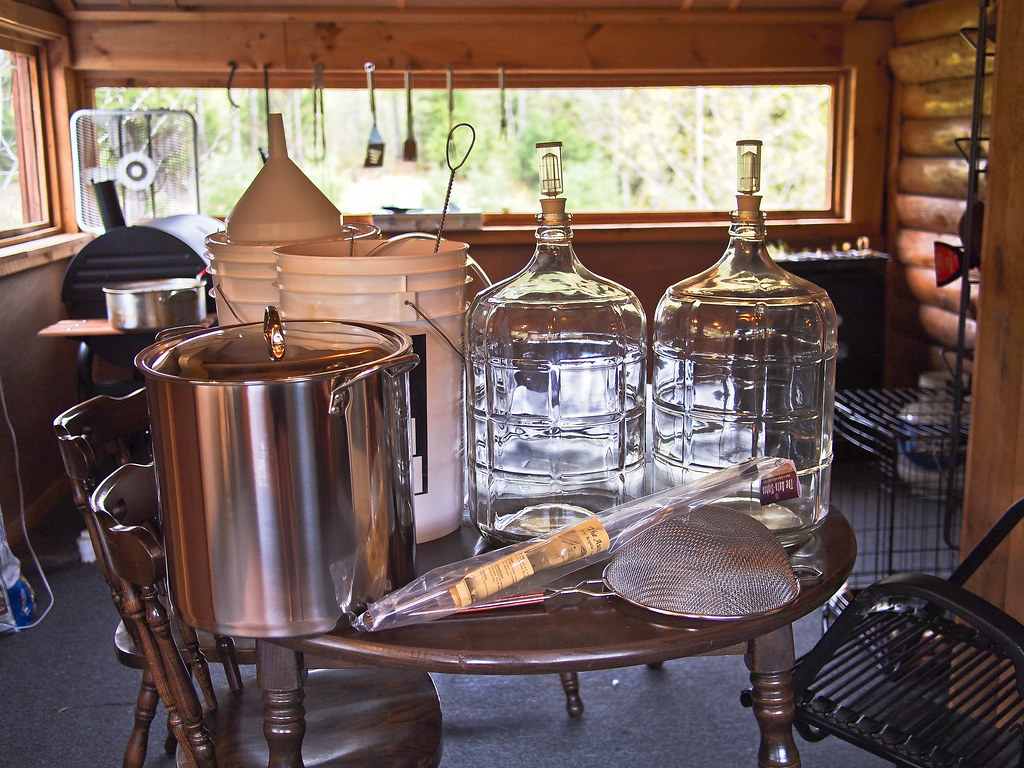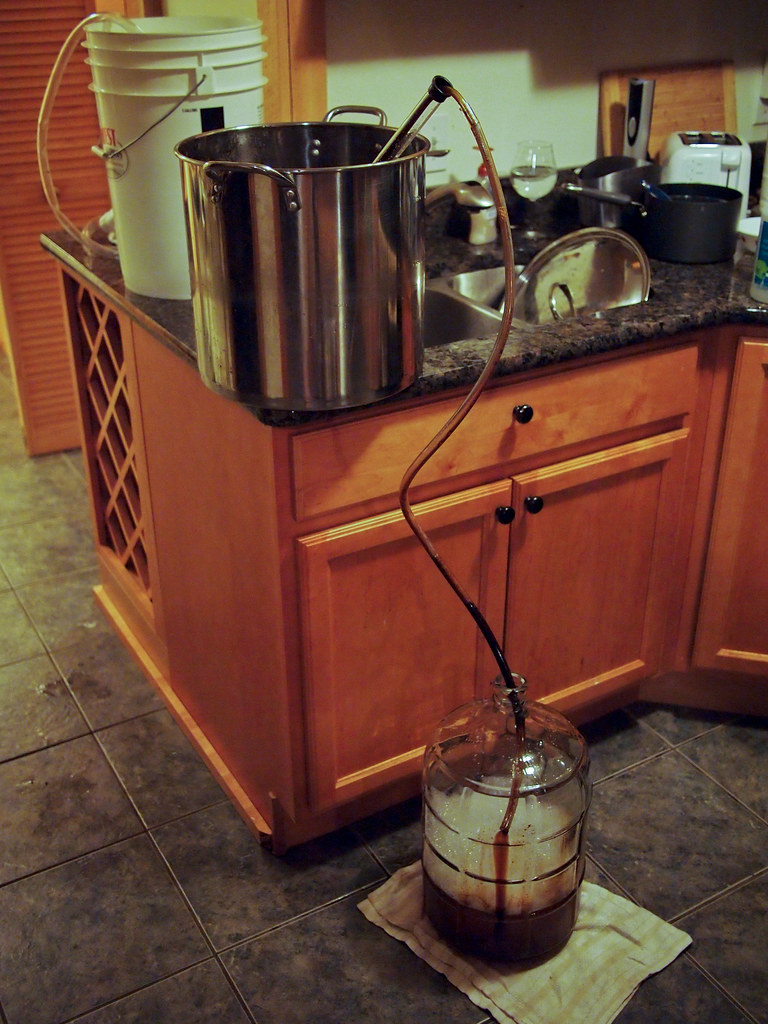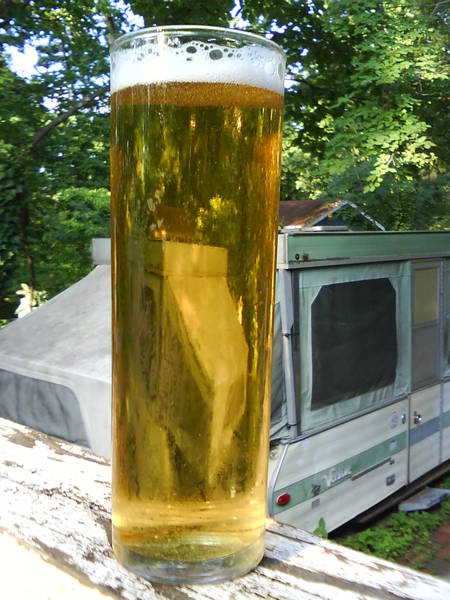adamjackson
Well-Known Member
I see a lot of talk about it not being necessary to do a secondary fermentation but I want to try it for myself so let's not get into the what's best..I'm just interested in trying it that's all.
Primary Imperial IPA / Barleywine (not sure yet) in Primary 3 weeks. I'm going to let it go one more week and ensure FG is stable.
I have 3 Glass Carboys so I'm going to move the primary to my counter attempting to not stir up any of the settled trub. Place siphon in carboy and a filter into the 2nd carboy to catch any trub that happens to make its way over.
Then, I'm going to add my dry hop bag to the secondary fermenter and ferment an additional week.
----
Is this the proper way or am I missing one of the steps? I know this is straightforward for most of you but is there a temp I should use? Extra sanitation steps other than star-sanning the secondary before transferring? Since my wort is now beer, I wasn't going to do any sort of crazy sanitation.
Thanks. reason for hyper-filtering is because my last primary only DIPA had lots of hops in the keg when I transferred and it kept clogging my dip tube.
Primary Imperial IPA / Barleywine (not sure yet) in Primary 3 weeks. I'm going to let it go one more week and ensure FG is stable.
I have 3 Glass Carboys so I'm going to move the primary to my counter attempting to not stir up any of the settled trub. Place siphon in carboy and a filter into the 2nd carboy to catch any trub that happens to make its way over.
Then, I'm going to add my dry hop bag to the secondary fermenter and ferment an additional week.
----
Is this the proper way or am I missing one of the steps? I know this is straightforward for most of you but is there a temp I should use? Extra sanitation steps other than star-sanning the secondary before transferring? Since my wort is now beer, I wasn't going to do any sort of crazy sanitation.
Thanks. reason for hyper-filtering is because my last primary only DIPA had lots of hops in the keg when I transferred and it kept clogging my dip tube.






